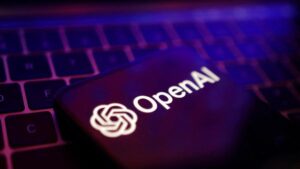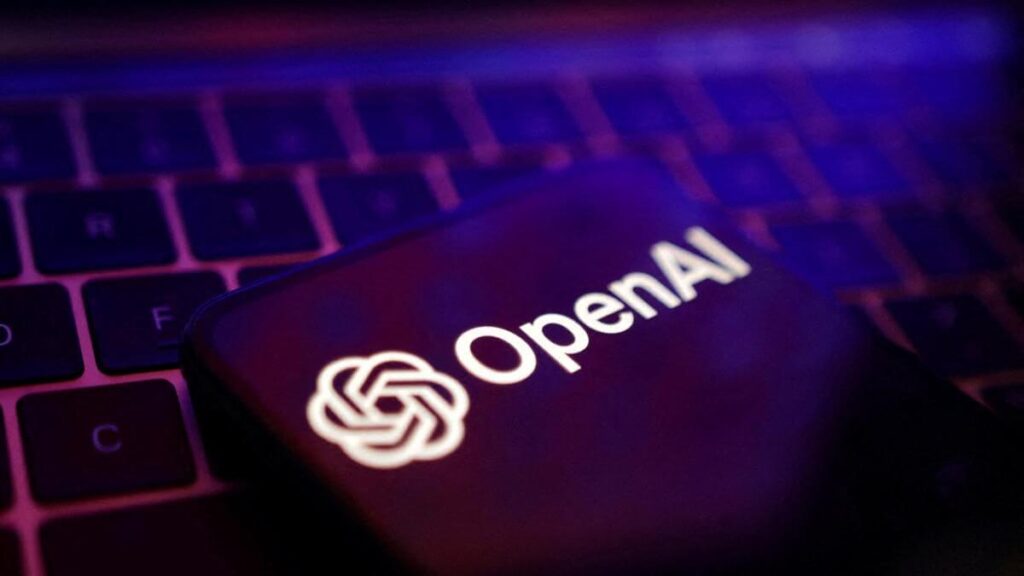For over five years, OpenAI has focused on building private, closed-source models. They created powerful tools like GPT-3 and GPT-4. But now, something big is changing. OpenAI just released two new AI models. These models are free to download and use. This is a huge shift in their strategy. So, why now?
The answer lies in the fast-moving world of artificial intelligence. A new player has emerged from China. This company is called DeepSeek. They have taken the AI world by storm. DeepSeek’s models are open source. This means anyone can see and use their code. They proved that you can build great models at a low cost. This success put pressure on companies like OpenAI. It showed that the open source approach is very powerful.
The Rise of Open Source AI
DeepSeek’s success is a big deal. It showed the world that an open model could be built cheaply. This has put China in a leading position in open source AI. The US is now playing catch-up. This is forcing many US companies to rethink their strategies.
Meta has also seen great success with its open-weight model, Llama. Llama has been downloaded over a billion times. Developers love the freedom to use and modify it. However, some developers have concerns. The licensing terms can be a bit restrictive. Still, its popularity shows a strong demand for more open technology.
OpenAI, on the other hand, has been doing things differently. Their models are mostly available through a chatbot. You can also access them via the cloud. You can’t download or change them directly. This puts them behind their competitors in some ways.
What Does ‘Open-Weight’ Really Mean?
OpenAI’s new models are not fully open source. They are what is called ‘open-weight’. This is an important difference.
An open-source model gives you everything. You get the code, the data, and the training algorithms. You can freely use, change, and share the model. It offers full transparency.
An open-weight model is different. You only get the final trained model weights. You don’t get the code or the training data and can run the model, but you can’t fully change or retrain it. It gives you less transparency.
OpenAI is releasing open-weight models. This is still a step toward more openness. It’s their first time doing this since GPT-2 in 2019.
OpenAI’s New Models
The new models are a big deal. They are available on Hugging Face. You can download them without high-end computing power. They are similar to OpenAI’s other models in terms of capability.
They come in two different sizes. The first is the OpenAI gpt-oss-120b model. This is a larger and more powerful model. It can run on a single Nvidia GPU. The second is the gpt-oss-20b model. This one is smaller and lighter. It can run on a regular laptop with 16GB of memory. This makes powerful AI more accessible to everyone.
Why The Change in Direction?
OpenAI CEO Sam Altman has spoken about this. He recently admitted the company was on the “wrong side of history.”, said this when talking about open-sourcing technology. He believes the company needs a new strategy.
In a recent Q&A on Reddit, he shared his thoughts. He said, “I think we need to figure out a different open source strategy.”, and also admitted not everyone at OpenAI agrees. He acknowledged that they would still make great models. But he also said their lead might not last as long.
OpenAI is actively asking for feedback. They recently posted a form on their website. It asked developers what they wanted in an open-weight model. They also asked what open models people have used. This shows they are seriously considering a new path.
A New Chapter for OpenAI
This move is a huge step. It shows that OpenAI is listening to the community. They see the power of open AI models. This change was driven by market pressures. The rise of companies like DeepSeek made it a necessity.
The AI landscape is changing fast. Open sourcing is becoming more and more popular. This new strategy from OpenAI is exciting. It could lead to more innovation and will give developers more freedom. It will make AI technology more accessible. This shift could shape the future of AI. It will be interesting to see what comes next.


